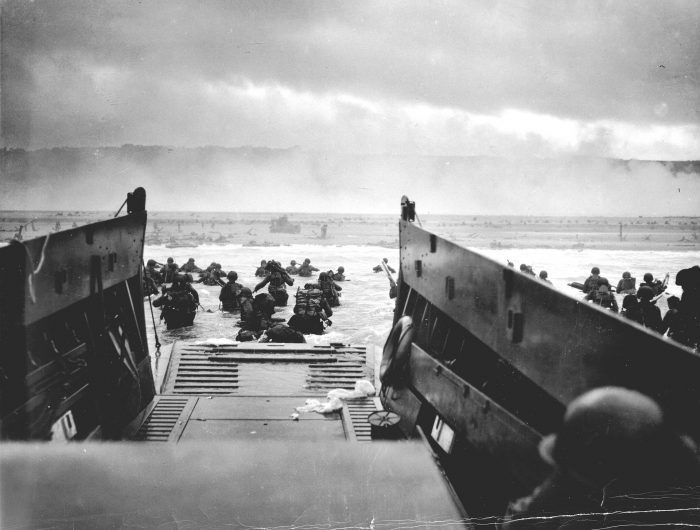Mayor Margot Garant has responded to concerns about seating availability at Port Jefferson train station.
The village mayor believes the issue of seating availability cannot be divorced from public safety. “We were getting a lot of complaints about the homeless population,” Garant said. “They were using the off and on ramps and sleeping in them. And our ridership — whether it was people from Port Jeff Station or Port Jeff village — they were complaining to us about the safety at that time of getting on and off the train, especially in the early mornings and in the evening hours.”
During the 2019 redesign of the Port Jefferson train station, the village had discussed both seating availability and public safety with Long Island Rail Road. During those deliberations, the mayor said LIRR had pitched an idea to add redesigned benches to prevent individuals from sleeping on them.
“The discussion was held at that time about what the renovation plans would look like and I believe they had commented to us that they were introducing some of these other types of benches which would allow for seating but don’t allow for overnight sleeping,” she said, adding, “Since then our complaints have gone down, I would say, like 85%.”
Despite the decline in complaints from residents, there remains the problem of user-friendliness at the station for some riders. As reported last week, there are only two outdoor seating areas at the station, which can present an unnecessary obstacle for people with disabilities and the elderly.‘So, yes, seating should be made available if they can’t sit inside the booth or they want to sit outside, but it may be the type of seating that does not allow for you to lie down on it and that’s for a reason.’ — Margot Garant
Garant acknowledged that greater accommodations at the station should be made to ensure these populations can rest comfortably while waiting for a train.
“I feel for the complications that people have,” she said. “So, yes, seating should be made available if they can’t sit inside the booth or they want to sit outside, but it may be the type of seating that does not allow for you to lie down on it and that’s for a reason.”
The quantity and style of seating at the station is largely determined by LIRR, according to the mayor. The decision to add armrests along the benches, however, was a coordinated decision between LIRR and the village to curb sleeping at the station.
“Yes, there was a conversation with respect to that because we’re trying to prevent people from using the station as a sleeping area,” Garant said. “There is a significant, conscious effort in making sure that when our ridership gets up there in the early morning to take the train to work, they are not having to step over people or deal with a certain population up there that’s going to panhandle and make them feel unsafe. That was a conversation that we had.”
Garant added that user-friendliness has not been part of her agenda primarily because she does not see the public demand to alter the present layout of the station.
“In three years, nobody has come to us at a public meeting or raised this as a concern of theirs that they feel that the station is not user-friendly for them,” she said. “It’s not something that was brought to our attention.” She added, “Since we worked with Pax Christi and the station was renovated, it’s been a very peaceful coexistence.”
Because the railroad is not a village property, the mayor also said she is limited in her ability to change the layout. However, she agreed that if this becomes a persistent problem for riders and residents, then she would coordinate with LIRR to remedy it.
“We will certainly discuss with the Long Island Rail Road — because it is not our property — what we can do together to try and alleviate that concern,” the mayor said. “I have to be honest, that concern has not come to my desk in over three years.”
Station Street
Questions surrounding the layout of the station will continue as the village embarks upon its latest project to introduce Station Street, a one-way thoroughfare that will begin at Main Street, cut east near the parking lot and end at Oakland Street. This planned terminal will mitigate congestion on Route 112 and facilitate traffic coming in and out of the station.

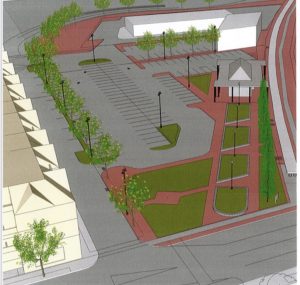 The Station Street project has been in the works since 2016, when the village approved a master plan to revitalize Upper Port. As part of joint efforts between the village, the Town of Brookhaven, LIRR and the state Department of Transportation, the proposed Station Street would create a plaza that will help channel traffic from the main thoroughfare, alleviating congestion as drivers enter the village.
The Station Street project has been in the works since 2016, when the village approved a master plan to revitalize Upper Port. As part of joint efforts between the village, the Town of Brookhaven, LIRR and the state Department of Transportation, the proposed Station Street would create a plaza that will help channel traffic from the main thoroughfare, alleviating congestion as drivers enter the village.
“We did a traffic study,” Garant said. “The traffic study and the DOT comments said the more that we can get people off of Route 112 as they’re going toward the east to work at the hospital, the better.” She added, “That will eliminate a lot of the buildup, the people waiting in line to get into Port Jeff village.”
The plan, if implemented, would eliminate two traffic concerns for the village. First it would relocate the bus stop currently placed along the train crossing into Station Street, eliminating a public safety hazard for people getting off of the bus. Relocating the bus stop will “make it much safer, get the pedestrians off that train intersection there and alleviate the traffic,” Garant said.
The plans would also introduce a driveway into the train station parking lot, where taxis and cars will have a better drop-off and pickup area. Behind the scenes, these plans are falling into place, according to Garant. Although still without a developer, the plans have been put out to bid and contracts are expected soon.
“The bid is out right now for contractors to come in and do the installation of that street,” the mayor said. “Everything is lining up and the plan is coming to fruition as we speak.”

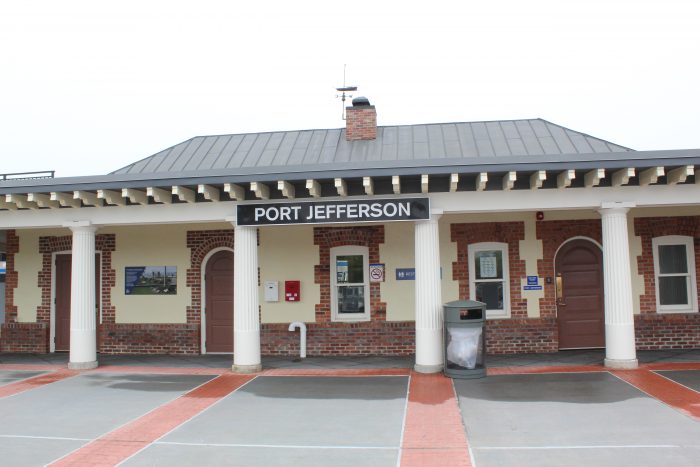




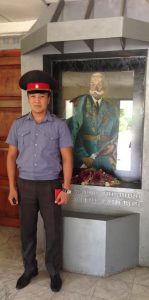


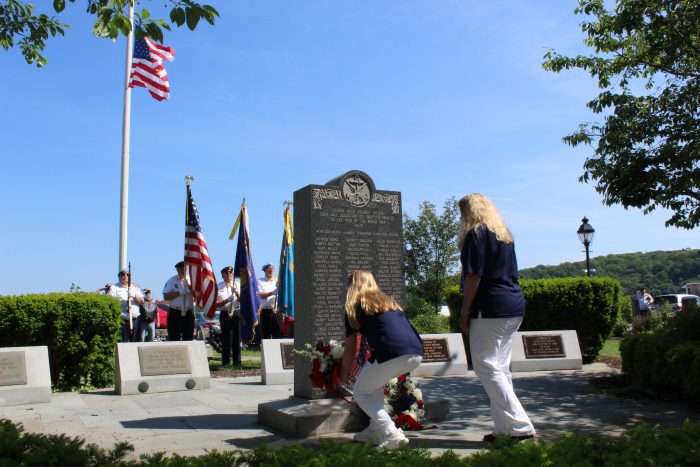
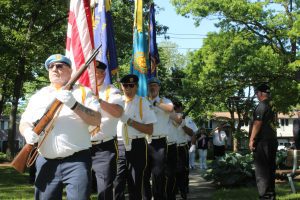 “We do this every year,” he said. “It’s an honor to do that for him and for all of the men and women in the service who gave their lives to protect our freedom.”
“We do this every year,” he said. “It’s an honor to do that for him and for all of the men and women in the service who gave their lives to protect our freedom.”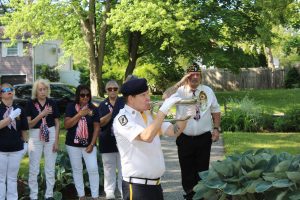 village. Trustee Bruce Miller, who also serves as 2nd vice commander of Post 432, shared that freedom is inextricably linked to the sacrifices of American veterans.
village. Trustee Bruce Miller, who also serves as 2nd vice commander of Post 432, shared that freedom is inextricably linked to the sacrifices of American veterans.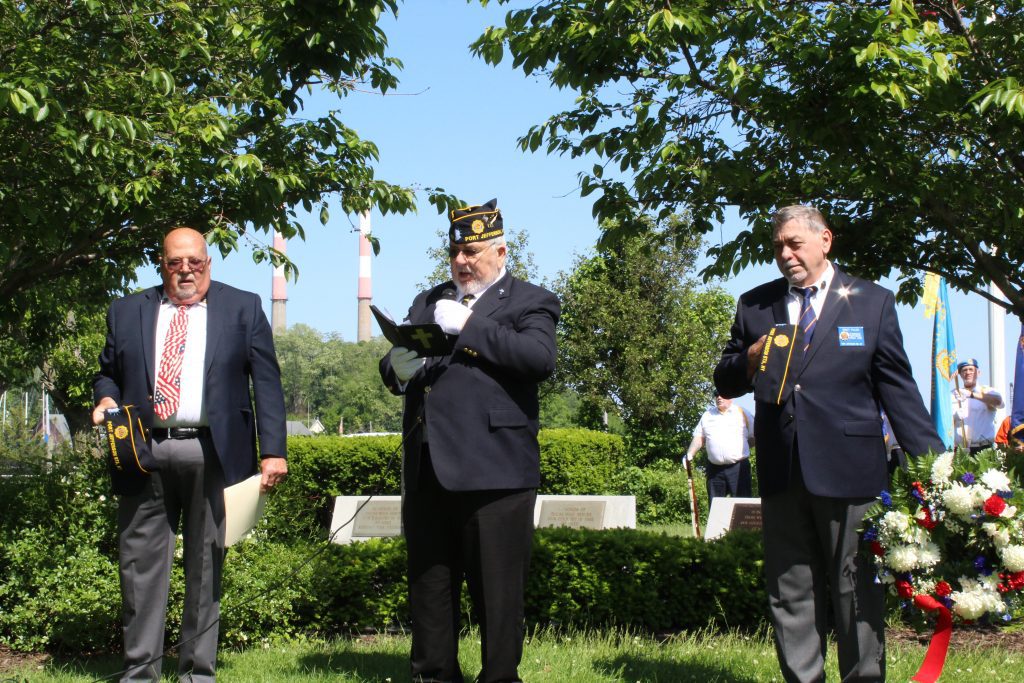 The day concluded with one last service at the post, followed by refreshments. To learn more about Post 432 and its various offerings, visit www.americanlegionwilsonritchpost432.org.
The day concluded with one last service at the post, followed by refreshments. To learn more about Post 432 and its various offerings, visit www.americanlegionwilsonritchpost432.org.



































































